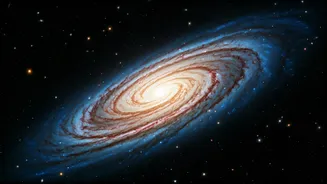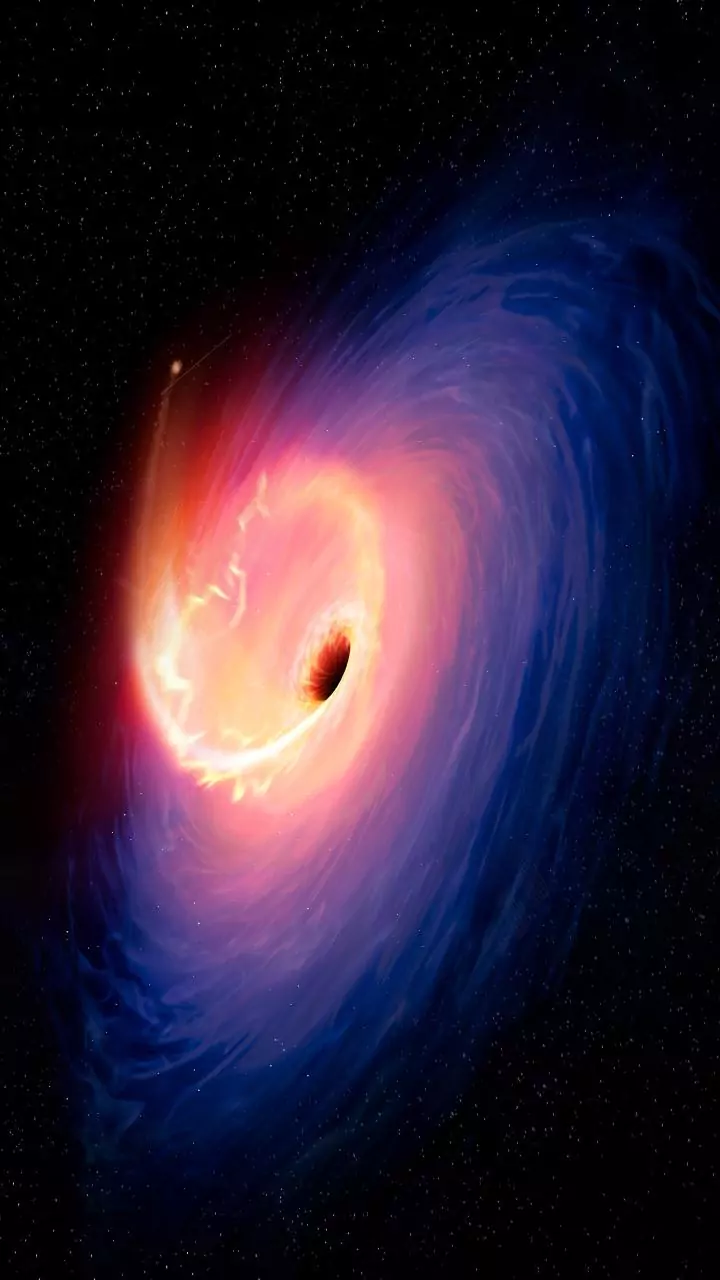The Nature of Consciousness
One of the most profound mysteries revolves around consciousness. How do physical processes within the brain give rise to subjective experiences, feelings,
and awareness? While scientists can map brain activity associated with various thoughts and emotions, the 'hard problem' of consciousness persists. This is the challenge of explaining how these physical processes translate into the qualitative, subjective experience of being. The exact mechanisms by which a collection of neurons produces feelings, self-awareness, or even the simple sensation of seeing red remains a subject of intense debate and research. There is no universally accepted scientific theory to explain how objective, physical processes become subjective, conscious experiences. The study involves neuroscience, philosophy, and even quantum physics, but the fundamental question of how mind arises from matter remains unresolved.
The Origins of Life
Another major scientific question is the origin of life itself. How did non-living matter transform into the first self-replicating organisms? This question probes the conditions on early Earth and the chemical processes that might have led to the emergence of life. Scientists have proposed various theories, including the 'RNA world' hypothesis, which suggests RNA played a central role in early life, but the exact steps involved are still unknown. Experiments attempting to recreate the conditions of early Earth have produced some of the building blocks of life, such as amino acids and nucleotides, yet there is a significant gap between these simple molecules and a functional, self-replicating cell. The leap from non-life to life remains one of the greatest mysteries in science, with researchers worldwide continuing to explore the processes and circumstances that could have initiated life on Earth.
The Dark Matter Riddle
Dark matter is a hypothetical form of matter that makes up a significant portion of the universe's mass but does not interact with light, making it invisible. Its existence is inferred from gravitational effects on visible matter, such as the rotation curves of galaxies and the clustering of galaxies. Despite substantial observational evidence, the exact nature of dark matter remains unknown. Scientists have proposed several candidates, including weakly interacting massive particles (WIMPs) and axions, but these have not been detected directly. Efforts to identify dark matter include experiments using particle accelerators, underground detectors, and cosmic ray observations. The discovery of dark matter's precise composition and properties would profoundly impact our understanding of the universe's structure, evolution, and future.
The Dark Energy Mystery
Dark energy is a mysterious force that is causing the expansion of the universe to accelerate. Like dark matter, its existence is inferred from observations, in this case, the accelerated expansion of the universe. Dark energy appears to make up roughly 68% of the total energy density of the universe. Its nature is one of the most puzzling questions in cosmology. One leading explanation is that dark energy is the cosmological constant, representing the intrinsic energy density of space itself. Another possibility is that dark energy is a dynamic form of energy, such as quintessence, which changes over time. Understanding dark energy is crucial for comprehending the ultimate fate of the universe and its ongoing evolution. Extensive studies involving supernovae, the cosmic microwave background, and large-scale structures in the universe are underway to unlock this enigma.
The Arrow of Time
The laws of physics are largely time-symmetric, meaning they work equally well forward and backward in time. However, our everyday experience has a clear 'arrow of time,' with events progressing in one direction—from past to future. The second law of thermodynamics, which states that entropy, or disorder, tends to increase, is often invoked to explain this asymmetry. Yet, the fundamental question persists: Why was the universe in such a low-entropy state at the beginning? Various theories explore the origin of the initial low entropy, from the Big Bang to the specific conditions of the early universe. This includes exploring the role of gravity, quantum effects, and the potential existence of hidden degrees of freedom. Addressing the arrow of time is essential to fully understanding how the universe evolved and why events unfold in the manner they do.
The Measurement Problem
In quantum mechanics, the act of measuring a quantum system can change its state, a concept known as the measurement problem. Before measurement, a quantum system exists in a superposition of multiple states. When measured, it seemingly 'collapses' into a single state. The question of how and why this collapse happens is a fundamental challenge. Multiple interpretations attempt to explain this: the Copenhagen interpretation suggests that the wave function collapses upon measurement, while the many-worlds interpretation proposes that every measurement causes the universe to split into multiple parallel universes, each representing a different outcome. Experimental and theoretical efforts continue to test and refine these interpretations, trying to clarify the nature of quantum measurement and the transition between quantum and classical mechanics. Addressing the measurement problem is essential to a complete understanding of the quantum world.
The Origin of Mass
The Standard Model of particle physics explains how particles gain mass through the Higgs mechanism, which involves the Higgs field and the Higgs boson. The Higgs field permeates the universe and interacts with particles, giving them mass. However, several questions about the origin of mass persist. For example, why do particles have the specific masses that they do, and is there more to mass than the Higgs mechanism? Recent discoveries, such as the detection of the Higgs boson, have confirmed aspects of the Standard Model, but further research is needed to refine our knowledge of mass and its origins. Investigating dark matter and dark energy, in addition to further explorations of the Higgs field, might reveal more about the fundamental nature of mass.
The Nature of Gravity
Gravity is the force that governs the interactions of mass and energy. Though well described by Einstein's theory of general relativity, some fundamental questions about gravity remain unresolved. One key issue is how to reconcile general relativity with quantum mechanics. General relativity describes gravity as the curvature of spacetime, while quantum mechanics describes the behavior of matter and energy at the smallest scales. Developing a consistent theory of quantum gravity is one of the grand challenges of modern physics. This includes exploring concepts like string theory and loop quantum gravity, which aim to unify the two theories. Additional research aims to probe the quantum nature of gravity, potentially revealing new aspects of the universe's fundamental forces and structures.












